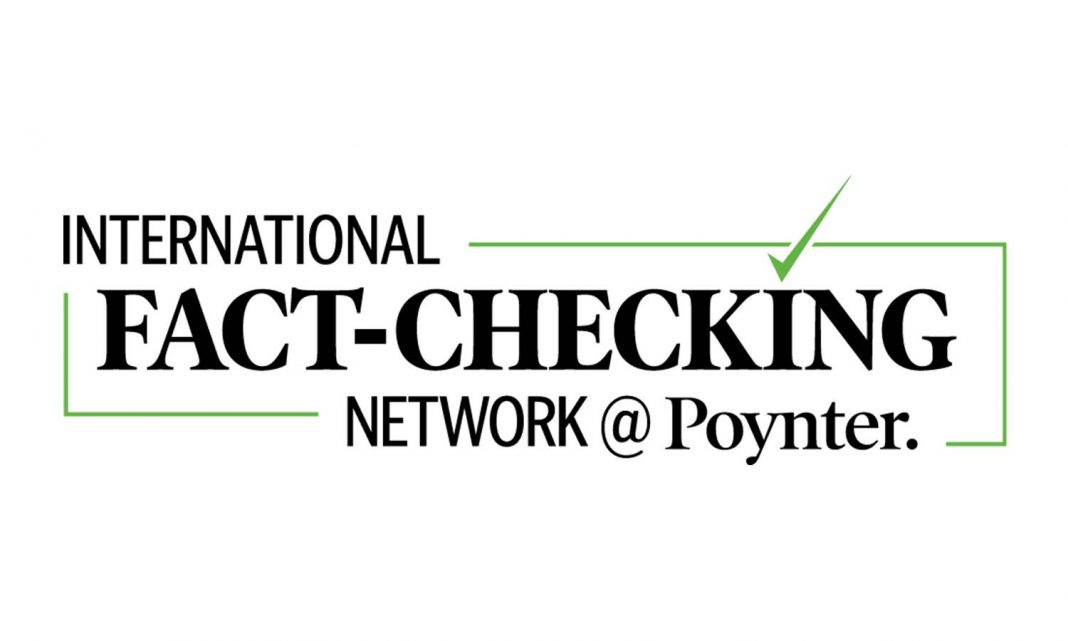In a 2020 data from the Lloyd’s Register Foundation World Risk Poll, 57 percent of Internet users of various age groups and socio-economic backgrounds were greatly concerned about receiving false information, ahead of online fraud and cyber-bullying.
The poll, which was the result of more than 150,000 interviews in 142 countries, also revealed that such concern was particularly prevalent in regions where economic inequality is high, and ethnic, religious or political polarisation exists, contributing to the dwindling of social cohesion and trust.
This reflects the need for news agencies to continuously play their part in reporting current local, regional and global events and fact-checking any confusing detail as objectively as possible because the general public depend on them for credible information.
To illustrate, a team of communication researchers from Nanyang Technological University, Singapore (NTU Singapore) discovered that as the type of misinformation regarding COVID-19 rectified by Singapore’s mainstream news outlets evolved over the course of the pandemic, the media’s role in debunking those myths becomes increasingly vital for citizens as part of the country’s overall battle against the coronavirus.

In the study, where 164 COVID-19 news articles published between 1 January and 30 April 2020 were analysed, the team noticed that most COVID-19 misinformation which were corrected during the early stage of the outbreak were related to science and health, but diminished as the pandemic progressed.
Meanwhile, the frequency in reporting and subsequently correcting misinformation on government policies and measures carried out during the pandemic increased over time.
The nature of false information that the mainstream media rectified also changed within those four months – from “fabricated misinformation” to “reconfigured misinformation”.
“At the beginning of the pandemic we were seeing misinformation that is clearly fake based on clear visual and text cues, but as the pandemic evolved with latter phases and infodemic waves, the misinformation styles and presentation became more sophisticated and harder for the lay audience to discern,” said Professor May Oo Lwin, Chair of NTU Singapore’s Wee Kim Wee School of Communication and Information and lead author of the study.
“This is where the mainstream news media, with their social importance, wide reach, and role as a credible information source to the public during times of uncertainty, can play a crucial role in the timely dissemination of misinformation correction and prevent people from being hoodwinked and acting on potentially harmful misinformation.
“It is important to combat the propagation of misinformation, which can undermine key public health communication efforts and worsen the strain on public health systems,” she explained.
Fact-checking is a crucial tool that news organisations must possess to ensure every information – especially public health and other areas affecting lives – that they disseminate to the public are accurate, thus enabling them to establish and maintain trust with their audience.
This can be seen through the launch of the International Fact-Checking Network (IFCN) in 2015, bringing together fact-checkers worldwide and championing best practices in the area.
Signatories of IFCN, including news organisations such as Agence France-Presse (AFP), Reuters and the Associated Press (AP), abide by the network’s Code of Principles, which are based on the belief that “non-partisan and transparent fact-checking can be a powerful instrument of accountability journalism.”
These principles are:
- A Commitment to Non-partisanship and Fairness;
- A Commitment to Standards and Transparency of Sources;
- A Commitment to Transparency of Funding and Organisation;
- A Commitment to Standards and Transparency of Methodology; and
- A Commitment to an Open and Honest Corrections Policy.





